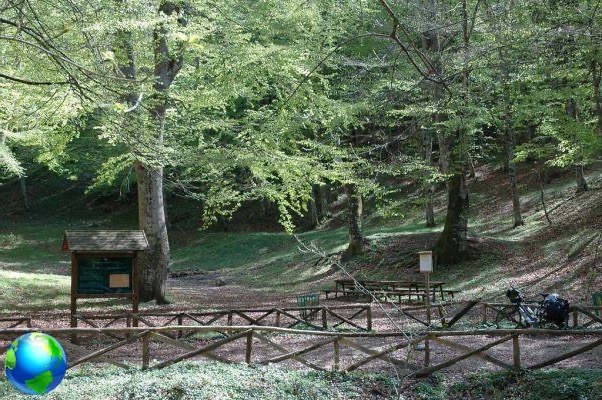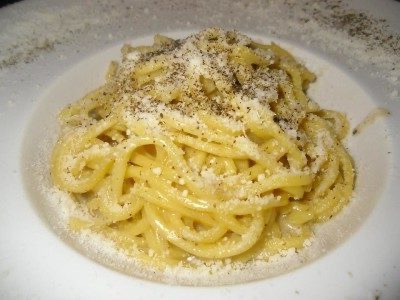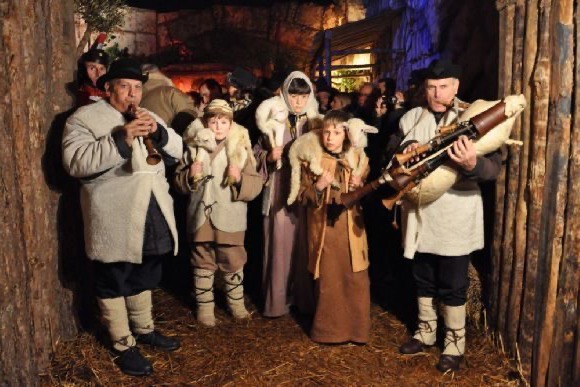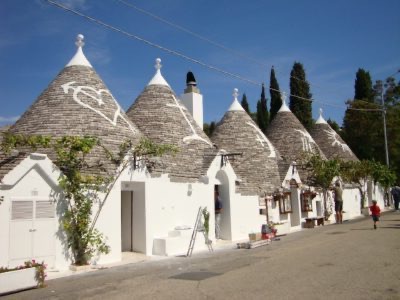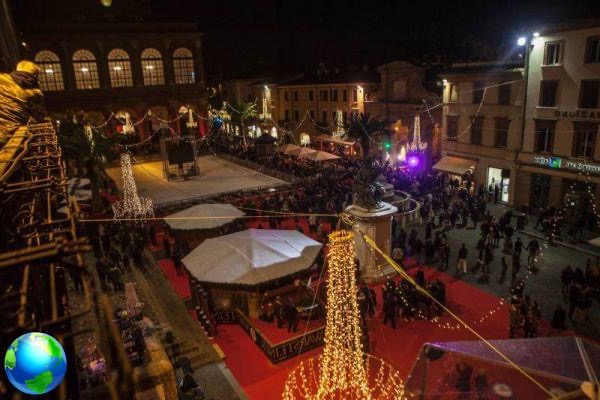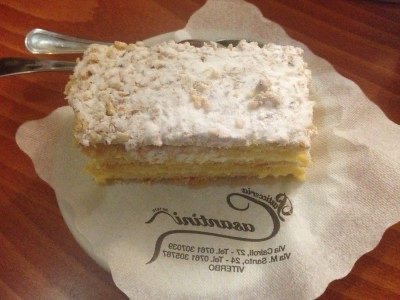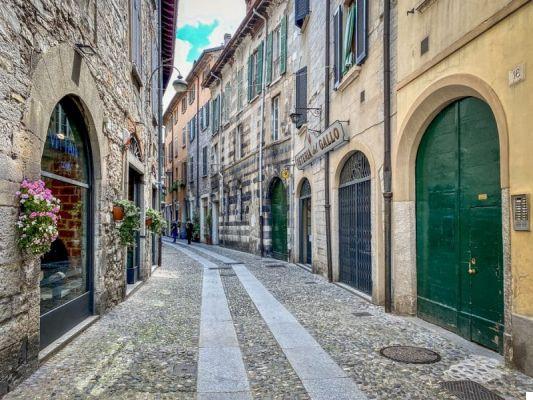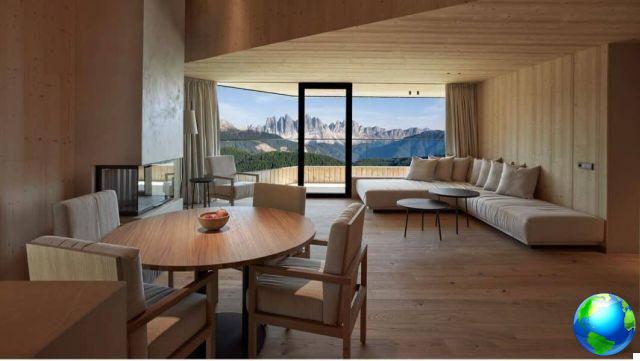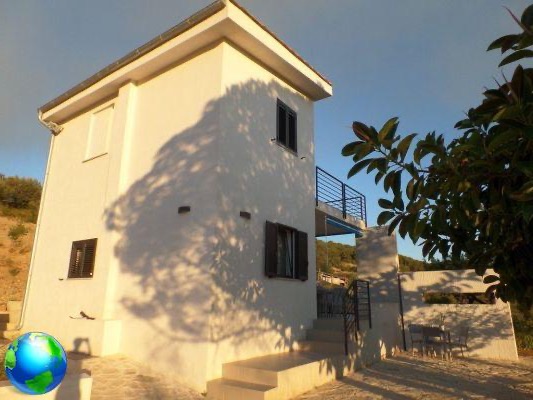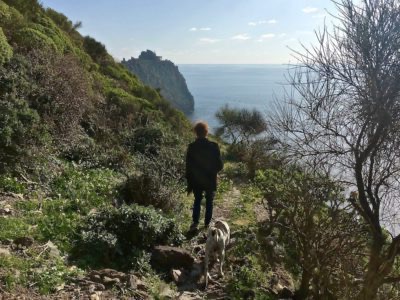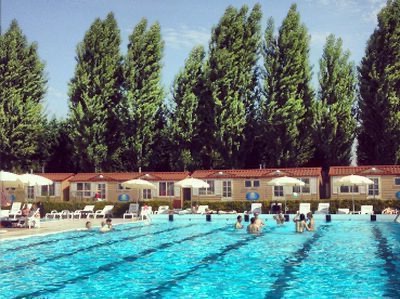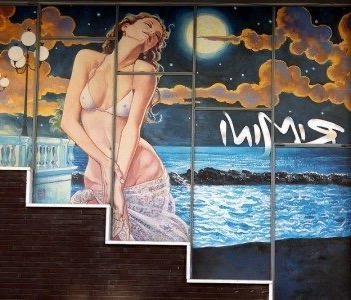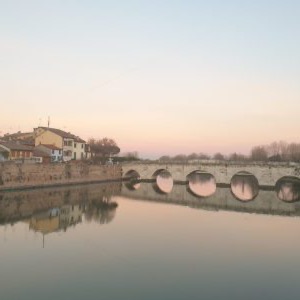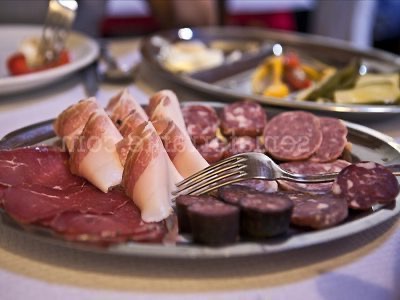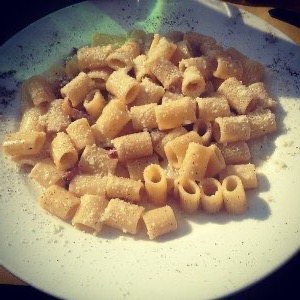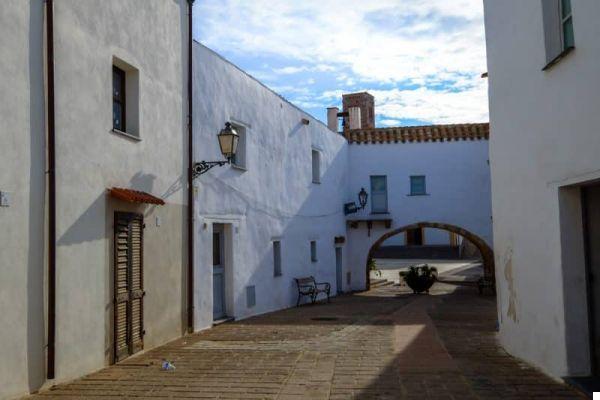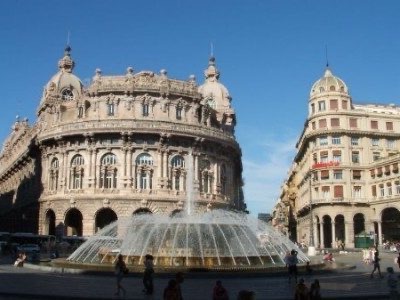
I would like to tell Genoa , in my opinion. Not in a strictly "tourist" sense, like "what to see", etc., but in a more "narrative" sense. I would like to do it because I find it a city forgotten by many or underestimated. I myself, after so many years had forgotten it. Happy to have found her again. Dirty and refined, as I remembered it. Genuine, nourished from below and looking up at the same time. Smelling of the past and scented of the future, of the Middle Ages and of Renzo Piano, In Paganini of De Andrè. Of Colombo and Mazzini.
It reminds me a little of Trieste, in several ways. One above all, being, in a certain sense, a frontier city. Uncomfortable to reach and, perhaps for this reason, not very present in travel destinations. And then its being decadent and chic at the same time. Literary, musical and experimental. Fabrizio de Andrè sang it, or rather, he sang "a" Genoa. Walking through its streets, I breathed, once again, two souls. The Genoa of Garibaldi Street and the Genoa of Via del Campo.
The first, the Genoa of the streets in the strict sense: theatrical and monumental, elegant, princely, sumptuous, scenographic and majestic, with frescoed Renaissance and Baroque palaces, with terraces and hanging gardens, plays of water and mirrors, jets, fountains and fountains, stuccoed and ashlar walls and ceilings, blue and red plaster blood, two-tone flooring with checkerboard motifs. Genoa of the Renaissance, the Baroque, the eighteenth century and the Risorgimento (la Mazzini's house, behind Via Garibaldi, reminds us of it). The second: the Genoa of the "caruggi", of the clothes hanging in the air to dry, of the smells that come out of the windows, of the "slums", of the "people", the Genoa of the marginalized, of the prostitutes of Via della Rosa, the Genoa of "Earth" and "dust", peeling plaster.
Today, the latter is actually a partially redeveloped Genoa, with art galleries and sophisticated shops. The Genoa of contrasts, that of the Promenade delle Ville in Course Italy, which flow into the small port of Boccadasse. But, above all, only one Genoa dominates: the Genoa of unexpected glimpses, of continuous surprises, from the sixteenth-century building that surprises the distracted tourist, to the small squares facing the spectacular Baroque churches, almost disproportionate, at times, compared to the surrounding houses, tall and narrow (walking through the alleys of Genoa, I thought that Rome too must once have been like this, before the fascist "rearrangement".
It certainly was in the San Pietro area). Go to Genoa: the magnificence of its palaces (from the Palazzo Ducale to the Palazzi dei Rolli and, in particular, the Palazzi di Strada Nuova) will mix with that of its churches and cloisters, the dust of its alleys with the architectural experiments of its port, i smells of focaccia to those of farinata, fish, trenette with pesto and pandolce, literature will mingle with music, architecture and figurative arts. The large buildings will be a counterpart to the small museums, Renzo Piano's glass and steel to the stone of history, the notes of the songwriters of Genoese school to Paganini's manuscript scores. Go to Genoa, stay there at least a couple of nights and you won't regret it.




